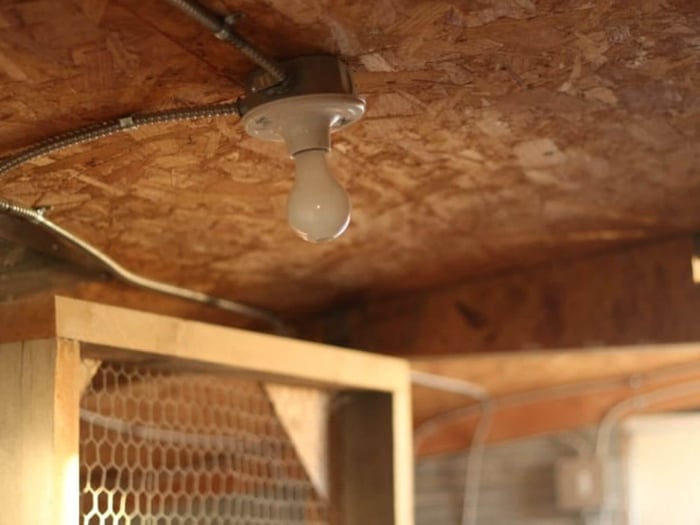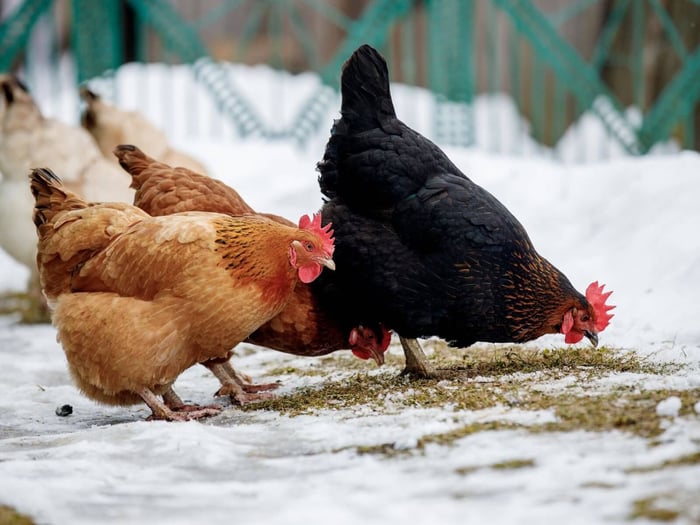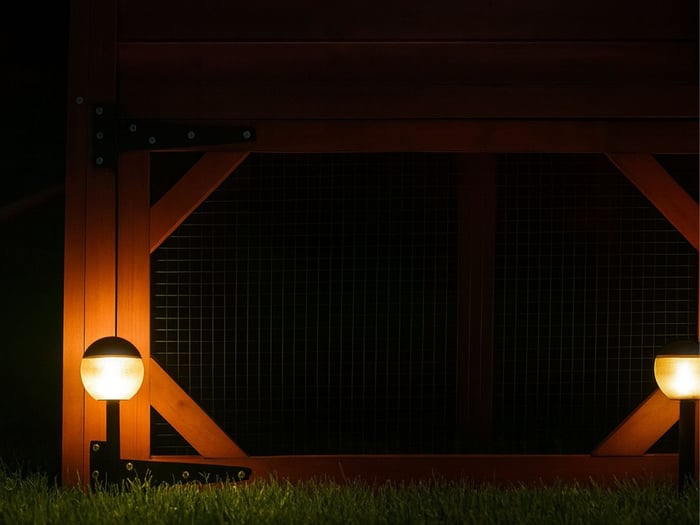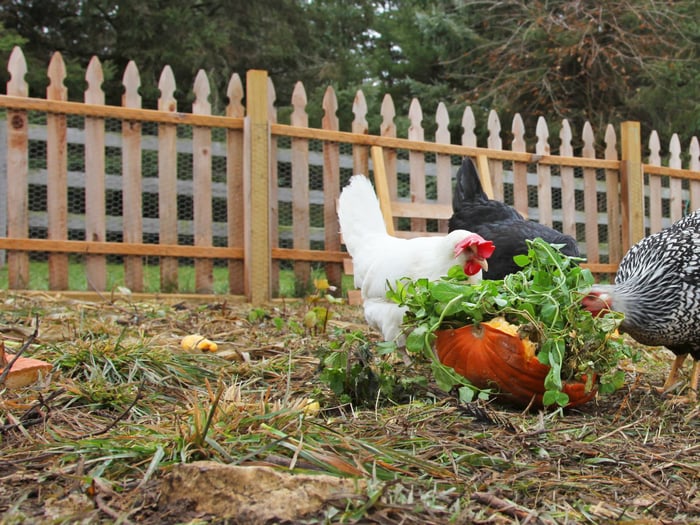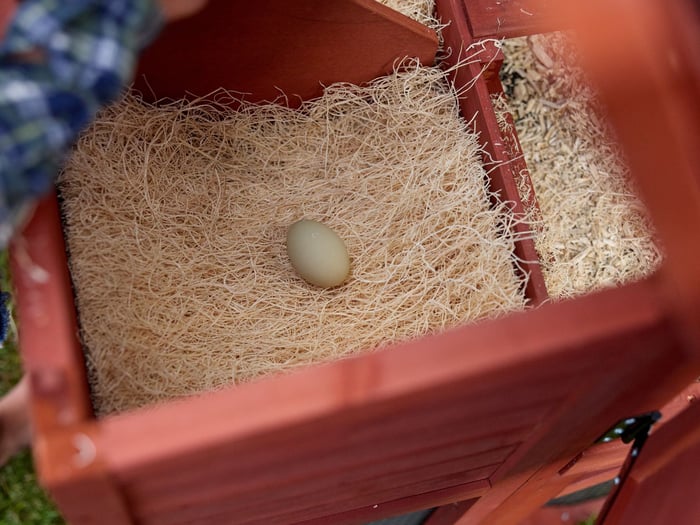Table of Contents
FAQs
Why do chickens lay fewer eggs in the winter?
Chickens lay eggs based on daylight hours. Shorter days mean less light, which reduces hormone activity in the hen’s reproductive system, slowing or stopping egg production until spring.
How many hours of light do chickens need to lay eggs?
Most hens need 14–16 hours of light per day to maintain steady egg production. In fall and winter, natural daylight often isn’t enough, which is why some keepers add artificial light.
Is it safe to use artificial light in the coop?
Yes, if done properly. The safest method is to use a timer with a low-wattage bulb, adding light in the morning rather than evening. This extends daylight without disrupting hens’ natural roosting behavior.
Does using artificial light shorten a hen’s life?
There’s debate on this topic. Some believe encouraging hens to lay year-round can lead to earlier reproductive issues, while others argue that healthy, well-fed birds handle supplemental light just fine.
Should I use a heat lamp in winter?
Heat lamps are controversial due to fire risk and stress they can cause in chickens. Instead of red heat lamps, many keepers prefer safer options like heating pads, which provide steady warmth in below-freezing temperatures.


